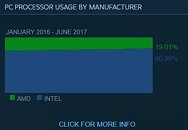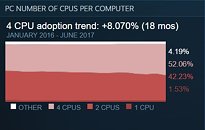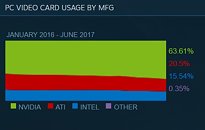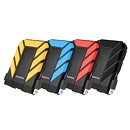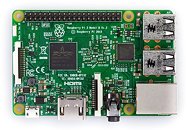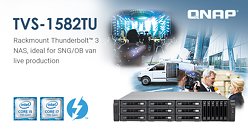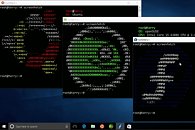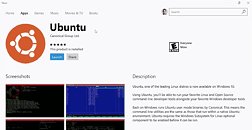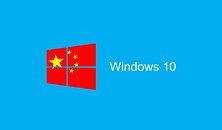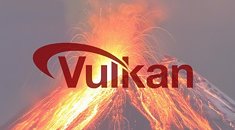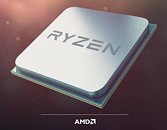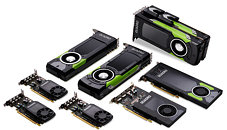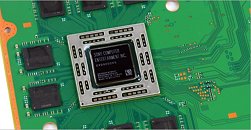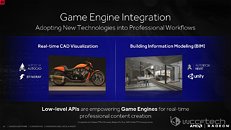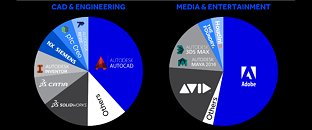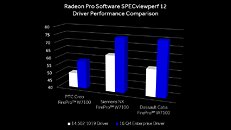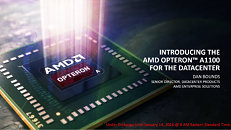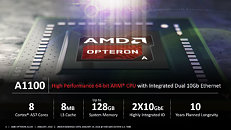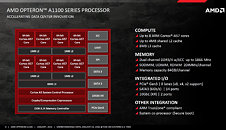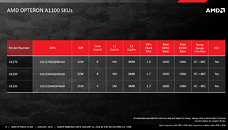
Steam Survey Update: It's All About Quad-cores, NVIDIA and Windows 10
An update to the Steam survey results is always worth noting, especially with the added, tremendous growth Valve's online store service has seen recently. And it seems that in the Steam gaming world at least, quad-core CPUs, NVIDIA graphics cards, and Windows 10 reign supreme.
Windows 10 64-bit is the most used operating system, with 50.33% of the survey. That the second most used Windows OS is the steady, hallmark Windows 7 shouldn't come as a surprise, though it does have just 32.05% of the market now. OS X has a measly 2.95% of the grand total, while Linux comes in at an even lower 0.72%. While AMD processor submits may have increased in other software, it seems that at least in Steam, those numbers aren't reflected, since AMD's processor market share in the survey has decreased from 21.89% in February to just 19.01% as of June, even though the company's Ryzen line of CPUs has been selling like hotcakes. Quad-core CPUs are the most used at time of the survey, at 52.06%, while the next highest percentage is still the dual-core CPU, with 42.23%.
Windows 10 64-bit is the most used operating system, with 50.33% of the survey. That the second most used Windows OS is the steady, hallmark Windows 7 shouldn't come as a surprise, though it does have just 32.05% of the market now. OS X has a measly 2.95% of the grand total, while Linux comes in at an even lower 0.72%. While AMD processor submits may have increased in other software, it seems that at least in Steam, those numbers aren't reflected, since AMD's processor market share in the survey has decreased from 21.89% in February to just 19.01% as of June, even though the company's Ryzen line of CPUs has been selling like hotcakes. Quad-core CPUs are the most used at time of the survey, at 52.06%, while the next highest percentage is still the dual-core CPU, with 42.23%.

